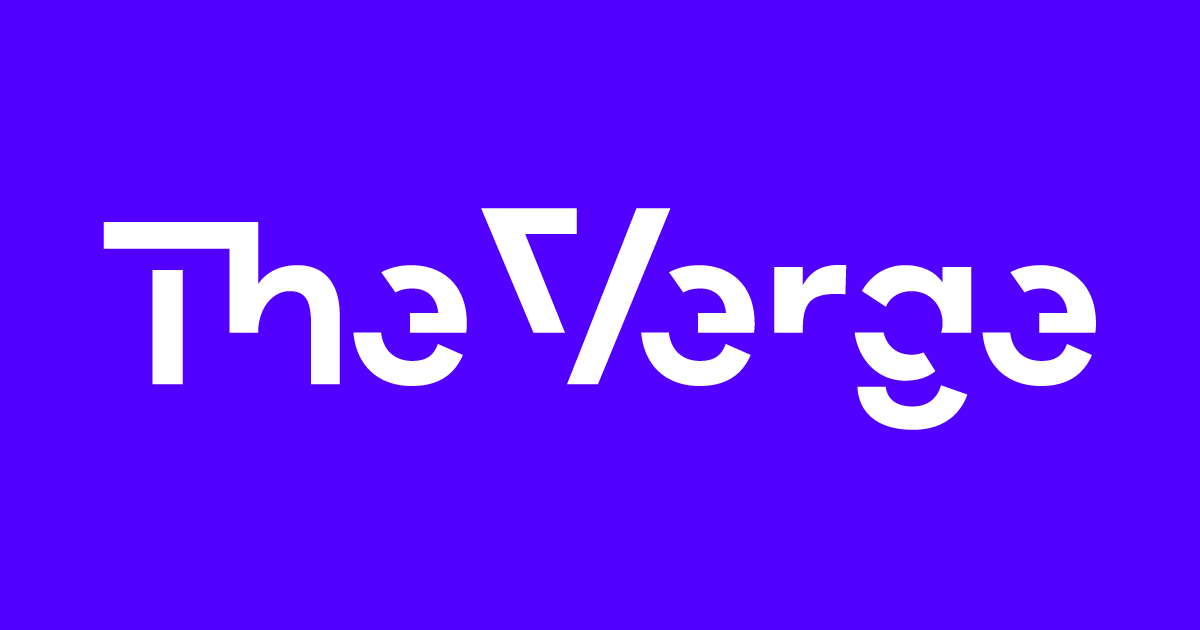Unlocking Hypergrowth: Unraveling the Success of ChatGPT and Threads
Over the past 6 months, we've seen a seismic shift with the meteoric rise of new products like ChatGPT by OpenAI and Threads by Meta that have growth rates that blow all other competitors out of the water. These platforms have not only experienced rapid adoption but have done so at a speed that has outpaced the fastest-growing tech products in recent history. The driving force behind this expansion is a phenomenon called the "network effect," where each additional user increases the value of a service for all others. This article aims to explore how these new tech products achieved such rapid growth and unlocked the network effect so quickly.
Threads surpassed ChatGPT for the fastest to 100 million active users in only a couple of days. ChatGPT previously set the record for the fastest-growing consumer application to reach 100 million active users in only 2 months. Follow the news coverage above to find out the latest on the rise of Threads and ChatGPT.
Marketplace Dynamics: Unleashing the Latent Demand
ChatGPT and Threads have experienced rapid growth due to their ability to meet specific user needs within their respective markets. Guided by Clayton Christensen's 'jobs-to-be-done' theory, these platforms have filled gaps in the market and provided tailored solutions.
ChatGPT's language generation features have made it a popular tool for tasks requiring articulate and meaningful text creation, such as drafting emails and generating content. Its ability to enable human-like dialogue has also helped it stand out and gain popularity.
Meanwhile, Threads has emerged as a user-friendly alternative for structured communication, filling a need that arose when Twitter altered its product and pricing. By strategically tapping into existing social graphs, Threads was able to quickly gain traction among Instagram's follower base.
Both ChatGPT and Threads launched within communities that were already passionate about AI and tech advancements, which helped foster their rapid growth.
Seamless Integration: Sliding into User's Daily Life
The success of ChatGPT and Threads can largely be attributed to their easy integration into users' existing digital environments. According to research from the University of Massachusetts Amherst, incorporating technology into familiar systems greatly affects its adoption rate.
Both Threads and ChatGPT utilized innovative strategies to seamlessly blend into users' digital behaviours. Threads partnered with Meta products, allowing for a smooth transition for users and encouraging rapid adoption. They also borrowed the algorithmic feed system from TikTok, which allowed all content to have the potential to be seen, regardless of follower graphs, integrating into users' established content consumption patterns.
ChatGPT, on the other hand, integrated with various applications already familiar to its user base, making onboarding easy and resulting in both rapid adoption and increased usage of AI.
Ultimately, the successful integration of ChatGPT and Threads into pre-existing user behaviours and systems played a crucial role in their widespread adoption, showcasing the power of seamless technological assimilation.
Tech Influencer Endorsements: Harnessing the Power of Advocacy
In the modern digital landscape, tech influencers exert considerable sway over user behaviours and trends. The McKinsey Institute's research asserts that "peer recommendations" may fuel up to 50% of purchase decisions.
Key figures in the tech industry played a vital role in the accelerated growth trajectories of ChatGPT and Threads. For example, notable tech influencers such as Elon Musk and Alexis Ohanian publicly acknowledged and endorsed the capabilities of ChatGPT. Musk praised its impressive language generation capabilities, while Ohanian emphasized how ChatGPT has revolutionized content creation and engagement in social platforms.
Threads also benefitted from similar high-profile endorsements. Tech personalities like Marques Brownlee (MKBHD) and Justine Ezarik (iJustine) commended Threads for its user-centric design and integrative capabilities with Meta products. Their endorsements played a significant role in attracting a vast user base, with their followers promptly embracing the new platform.
The impact of these high-profile endorsements serves as a testament to the influence that respected figures wield in shaping the growth trajectories of emerging technologies like ChatGPT and Threads.
The "Novelty" Factor: The Allure of Cutting-Edge Technology
The introduction of ChatGPT and Threads has generated significant interest due to their innovative capabilities. Research from the Journal of Business Research suggests that novelty positively impacts the adoption of new products. As a result, these tools have experienced a burst of user adoption.
Meta strategically generated hype and curiosity with articles teasing the release of Threads, leading to an influx of users upon launch. Similarly, the cutting-edge conversational AI model of ChatGPT has stirred interest and adoption among tech enthusiasts and beyond. The novelty factor of these tools cannot be underestimated in their growth acceleration.
Low Risk of Trying: The Appeal of Freemium Models
The use of freemium models has been found to be effective in encouraging product adoption. Research conducted by Harvard Business School shows that offering users the opportunity to test a product without any upfront cost often results in higher conversion rates. Both ChatGPT and Threads have leveraged this strategy to attract a broad user base, leading to their rapid growth.
Threads and ChatGPT have positioned themselves as low-risk options for users to try. Threads allows users to easily transfer their Instagram following and experiment with text-based content. ChatGPT, in its initial launch, was completely free to use, reducing barriers to adoption and allowing users to try the technology without any financial risk.
Network Effect: The Snowballing Growth
Each of the factors above helped ChatGPT and Threads to achieve a critical mass of users, thereby triggering a network effect. As stated in Metcalfe's Law, once a network effect is in place, the value of the product increases proportionally to the square of the number of its users. This phenomenon creates a virtuous cycle, which has allowed ChatGPT and Threads to accelerate their growth faster than other tech products in recent history.
Conclusion
The rapid growth of ChatGPT and Threads offers valuable insights for future tech product launches. As technology continues to evolve, we can expect to see more instances of these trends. Yet, maintaining that growth will still require traditional strategies focused on user retention and engagement. The rapid growth of these platforms underscores the endless possibilities within the tech industry, especially when products can quickly build networks and add value to the user experience. As we look forward, these trends will undoubtedly continue to shape the evolution of technology adoption.






